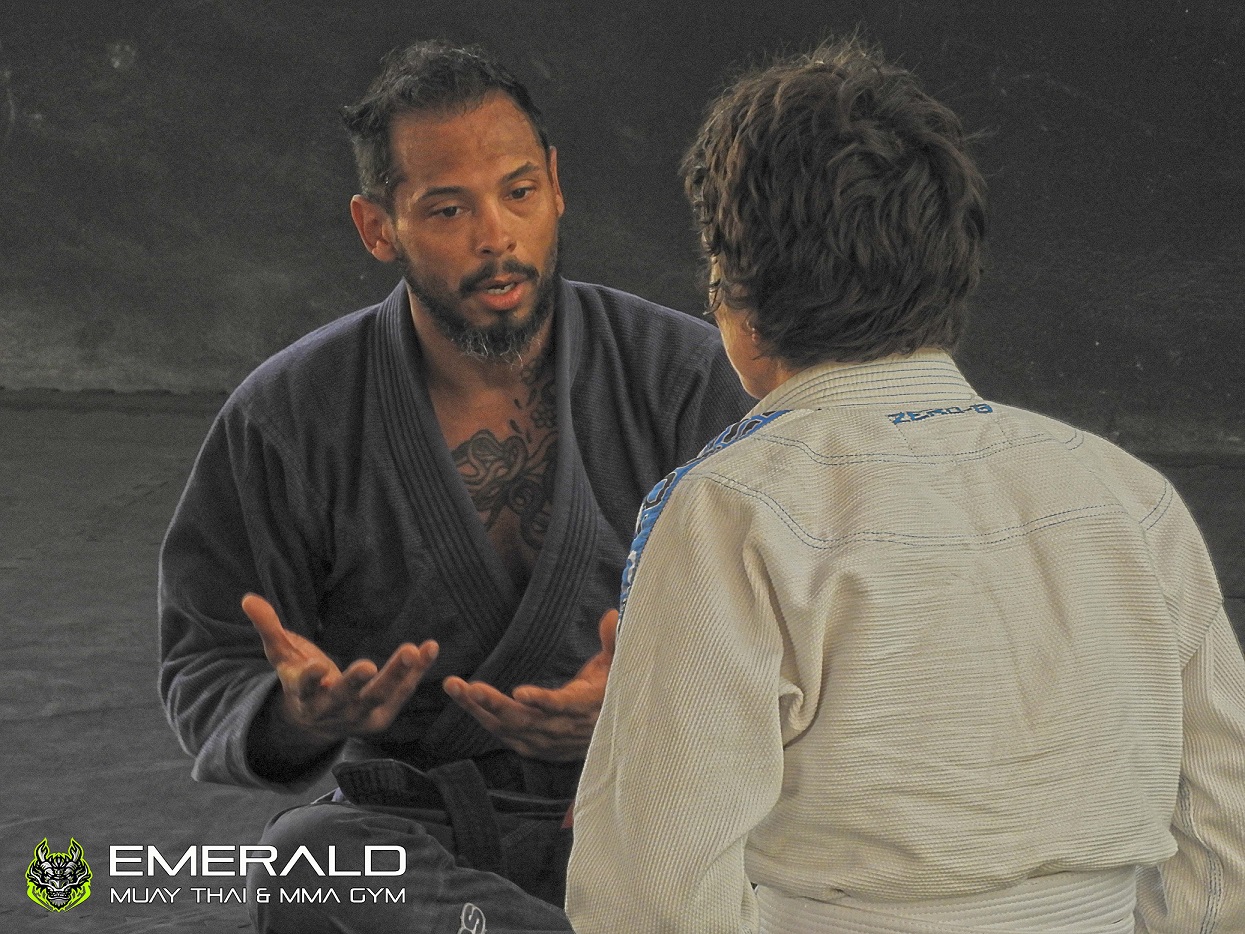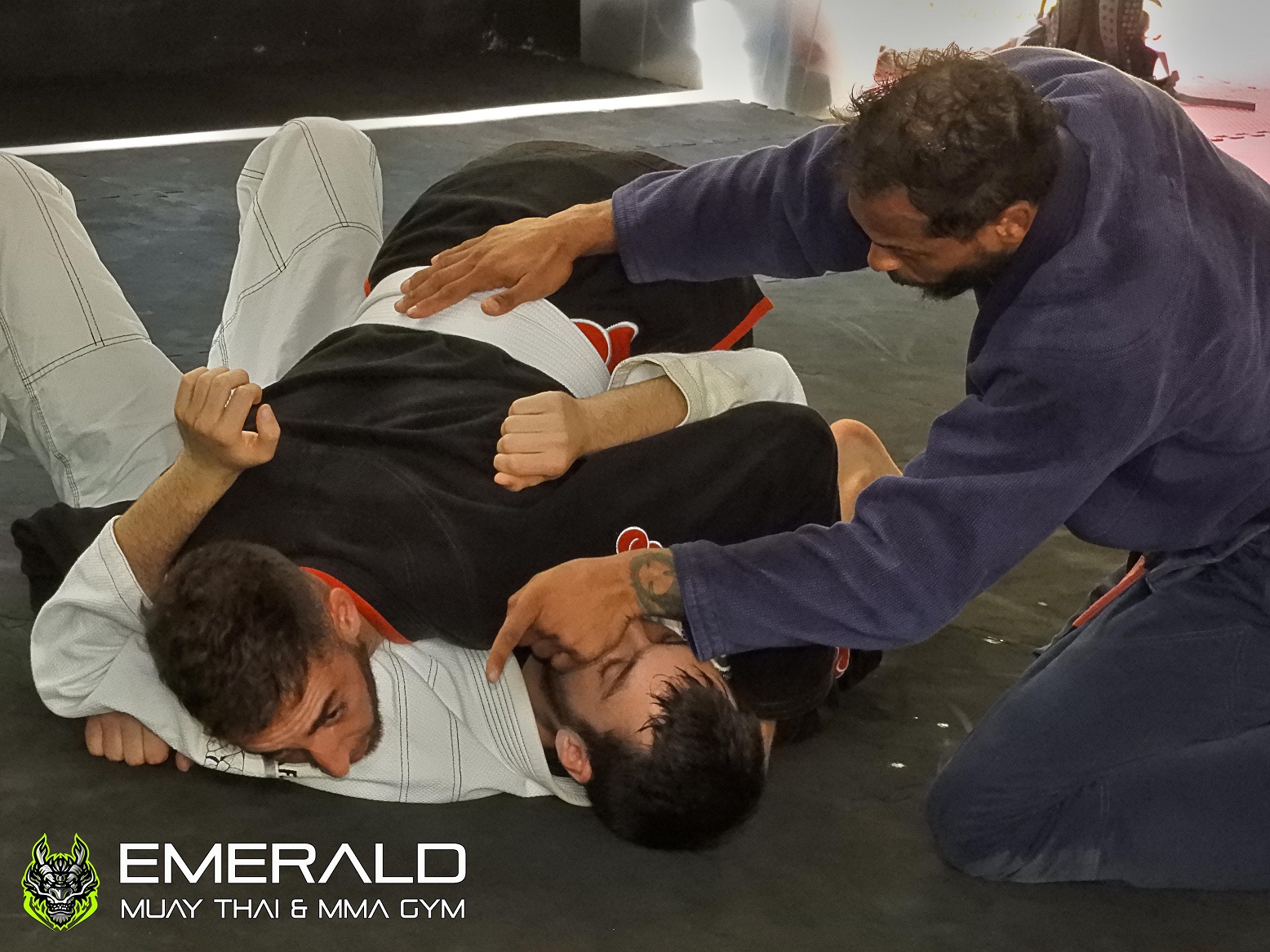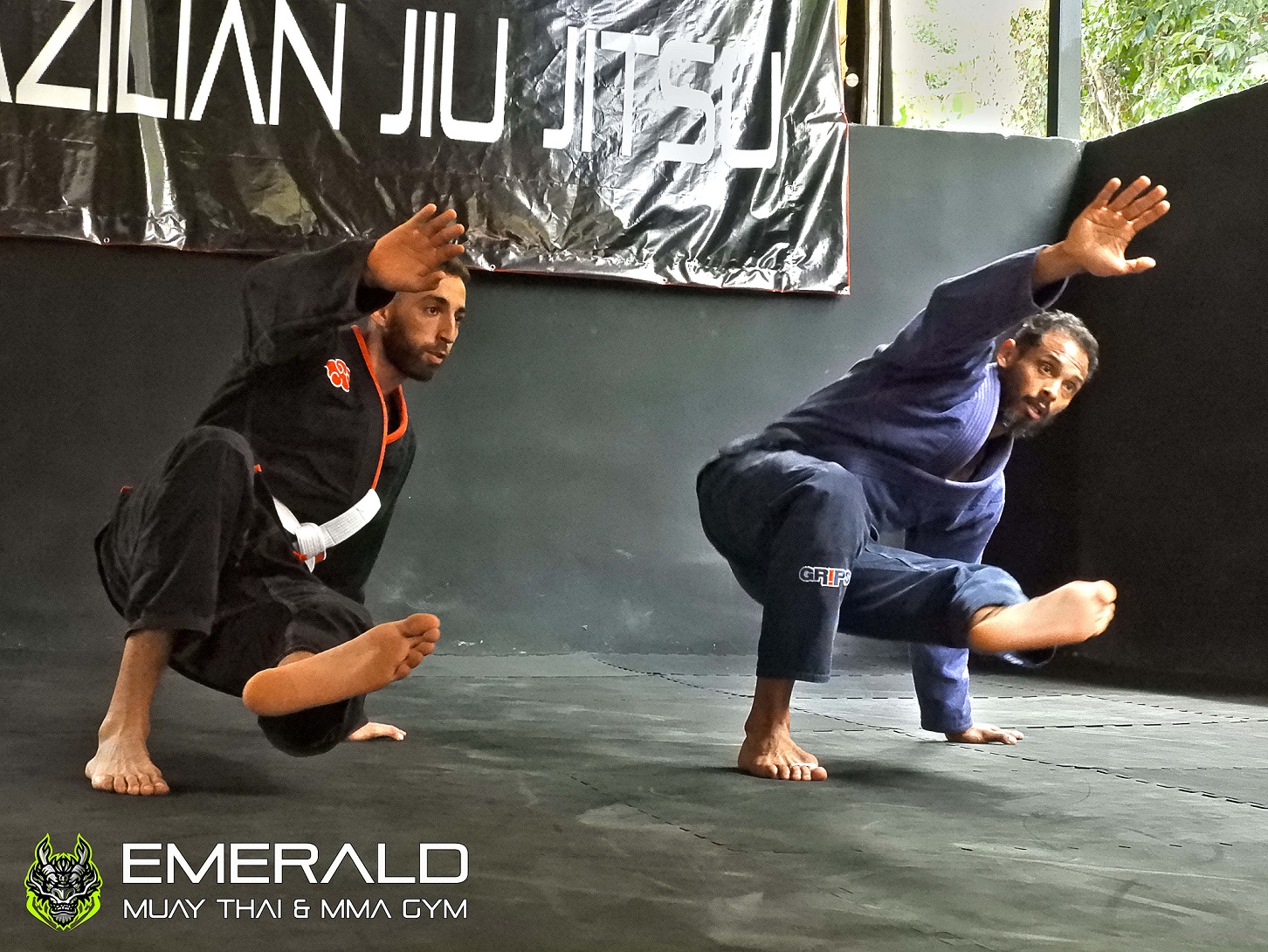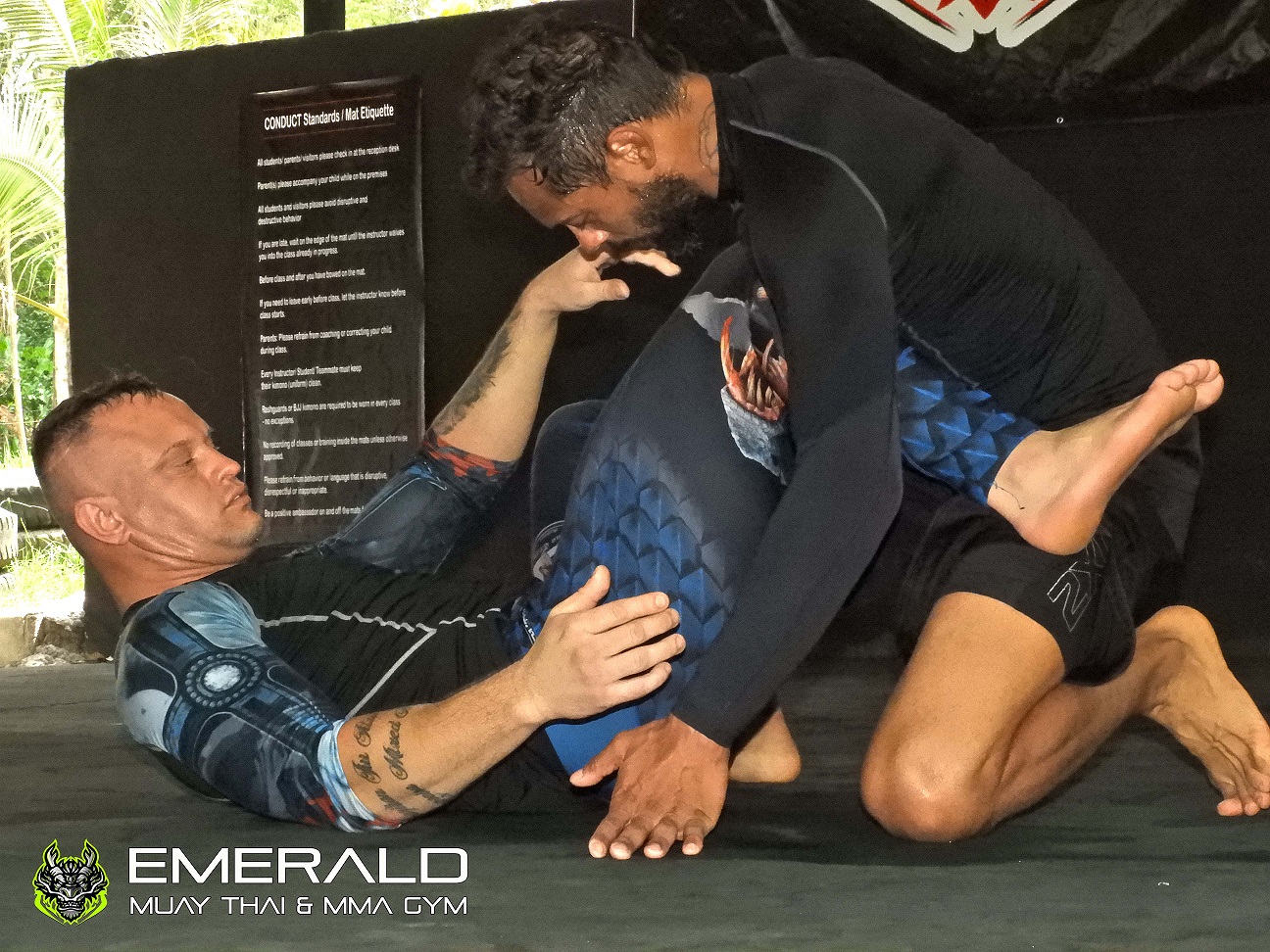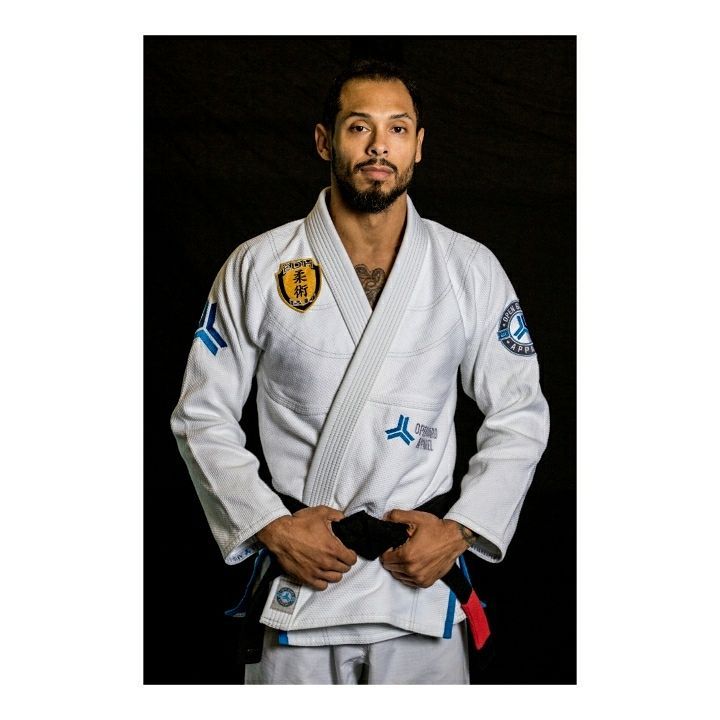Warm Up
The warm up usually consists of Brazilian Jiu Jitsu and Grappling specific movements and even shows some conditioning exercises and drills. Expect the warm up to be pretty hard if you are a beginner as the movements are somewhat different from your usual warm up.
It is designed to get your body ready for working on the ground and while standing, get the joint liquids flowing so you can move smoothly and prepare your lungs and heart for the soon to come aerobic/anaerobic endurance work. The warm up is usually the most important part of training as it will get your mind ready and will help prevent injuries due to your muscles being cold.
Technique
This is the main part of Training. You will learn Pins, Holds, Submissions, Escapes, Sweeps and all there is to learn about BJJ. Learning techniques is the foundation of a good Jiu Jitsu game and is crucial to being able to actually fight. In this part of training you will usually learn between 2 and 4 different techniques which often will be chained techniques or movements and counter-movements. After you have learned the technique it is time to drill them and repeat them as often as possible to carve them into your muscle memory in order to achieve a fluid, instinctive movement.
Sparring
After learning techniques, it is time to apply them while fighting against a resisting opponent, your FRIENDS from the gym. Respectfully you will try to take advantage of your opponents wrong movements and apply the previously learnt techniques as well as develop a sense for timing, a feeling for your opponents movements and get to know your own body and your capabilities.
Sparring in BJJ can take many forms. You can start in specific positions with a goal in mind (for example start in the Guard and the Goal is to pass the Guard) or you can spar free with the goal to submit your opponent. Each and every form of sparring and each and every minute will help you to a more solid Jiu Jitsu and you will gain the necessary experience to apply techniques in real life scenarios.
Stretching
This should be pretty clear. Your muscles are very warm, especially after sparring, and you will take the remaining time of class to cool down and stretch. This is also the time to talk with your training partners/instructors about your flaws and strengths, how to get better at BJJ or just about your daily life. Everyone in the gym should be your friend as you strive for the same goal in the end, to get better.





